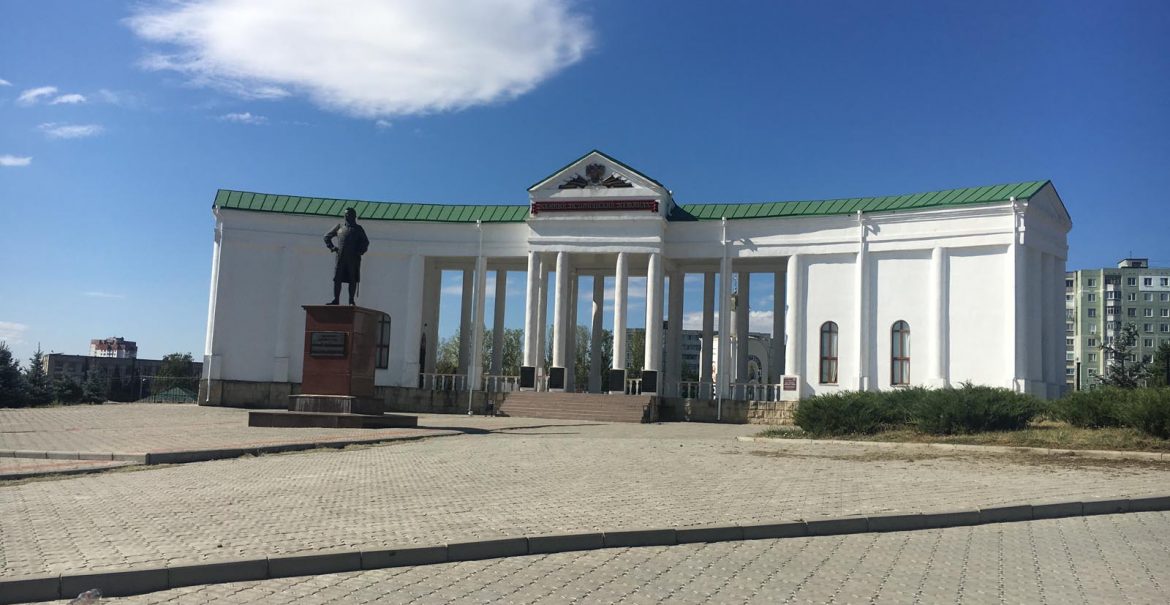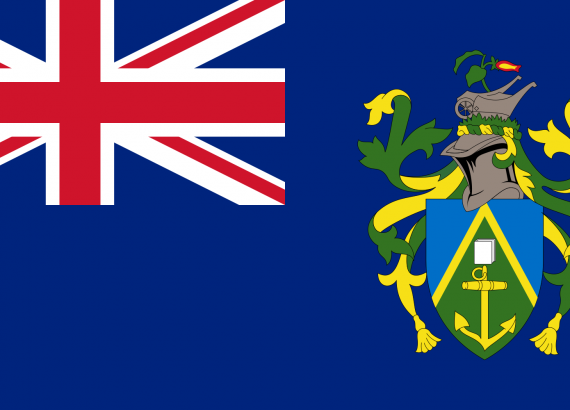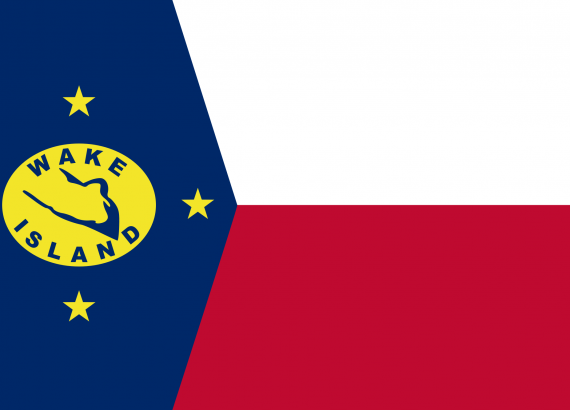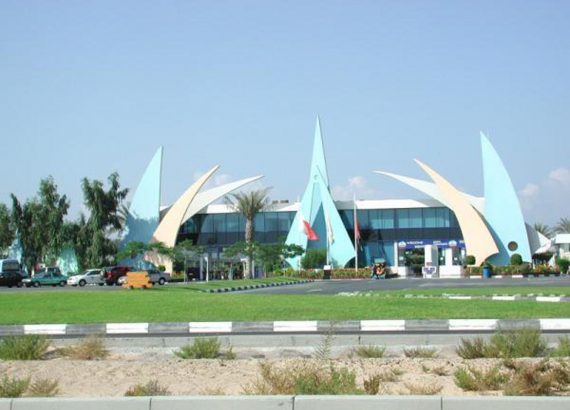
Transnistria is an unrecognized state in eastern Moldova with around 500,000 inhabitants. The republic borders on Moldova in the west and on Ukraine in the other directions.
The country's official languages are Russian, Moldovan and Ukrainian, and the Transnistrian ruble is used as currency. The mixed population consists almost equally of Russians, Moldovans and Ukrainians, as well as 3% Bulgarians and some minorities.
The most important cities in Transnistria include Tiraspol, Bender, Dubasary, Ribnita, Dnestrovsk, Camenca, Parcani, Grigoripol, Balti, Slobozia and Causeni.
The extent of the officially Transnistrian Moldovan Republic is around 200 kilometers from southeast to northwest and an average of 20 kilometers from west to east.
After the collapse of the Soviet Union, the country is under enormous Russian influence. However, the proclaimed republic with an active government, a small military, independent administration and even its own currency has not yet been recognized internationally by any other state.
Under international law, the autonomous region of Transnistria lies within the borders of Moldova, although the government has been trying to get recognition for years.
The most important economic sectors in Transnistria include heavy industry, the textile industry, an armaments industry and the production of spirits. The most important group in the country is the “Sheriff Group”, with numerous important companies throughout the republic.
Tourism in the autonomous region is very limited to a few day visitors due to the 10-hour rule that currently exists. For a longer tourist stay of more than ten hours, a laborious registration with the local registration authority is required.
The main sights of the republic include the Drama Theater in Tiraspol, the church and ancient fortress of Bender, the Wind Tower in Stroentsy, the Archangel Michael Church of Ribnita, the Kizkany Monastery, the fortress in Tighina, the historical war memorial – the Second World War decisively ended there, the Gorky Cinema Theater as well as the Central Bank of Bender, the State University, the Sheriff Stadium, the Christmas Cathedral, the Tank Monument, the Noul Neamt Monastery, the Government Building, the Suvorov Monument , the Mig-19 Monument, the Eternal Flame, the Orthodox Cathedral of the Nativity of Jesus Christ, Wollant Park and the Farmers' Market in Tiraspol.
The capital and largest city of Transnistria is Tiraspol with around 160,000 inhabitants. Tiraspol is the political, economic and cultural center of the autonomous republic.
In August 2016 I visited Transnistria for the only time so far, on a day trip from the Moldovan capital Chisinau. A few minibuses run there every day from Moldova to Tiraspol, the neighboring autonomous republic, for just the equivalent of 10 euros.
In Tiraspol I booked a guided city tour beforehand, followed by a visit to the Bender fortifications.
The very Russian-looking Tiraspol is a very cozy city with no excessive traffic.
Walking around the capital with my former school friend Stephan and our city guide Alexandra was actually really fun. With some modern buildings and various restored Russian churches, there were even many interesting photo opportunities.
We then took a taxi to the second largest city of Bender and visited the famous fortress.
After an overall very interesting and eventful day in Transnistria and its capital, we went back in the late afternoon to adhere to the strange 10-hour rule.
Without this entry rule, which is probably the strangest and most unique in the world, many tourists would definitely stay in the country overnight and spend more money on the local economy. But apparently the Transnistrian Moldovan Republic doesn't need it these days.





























No Comments